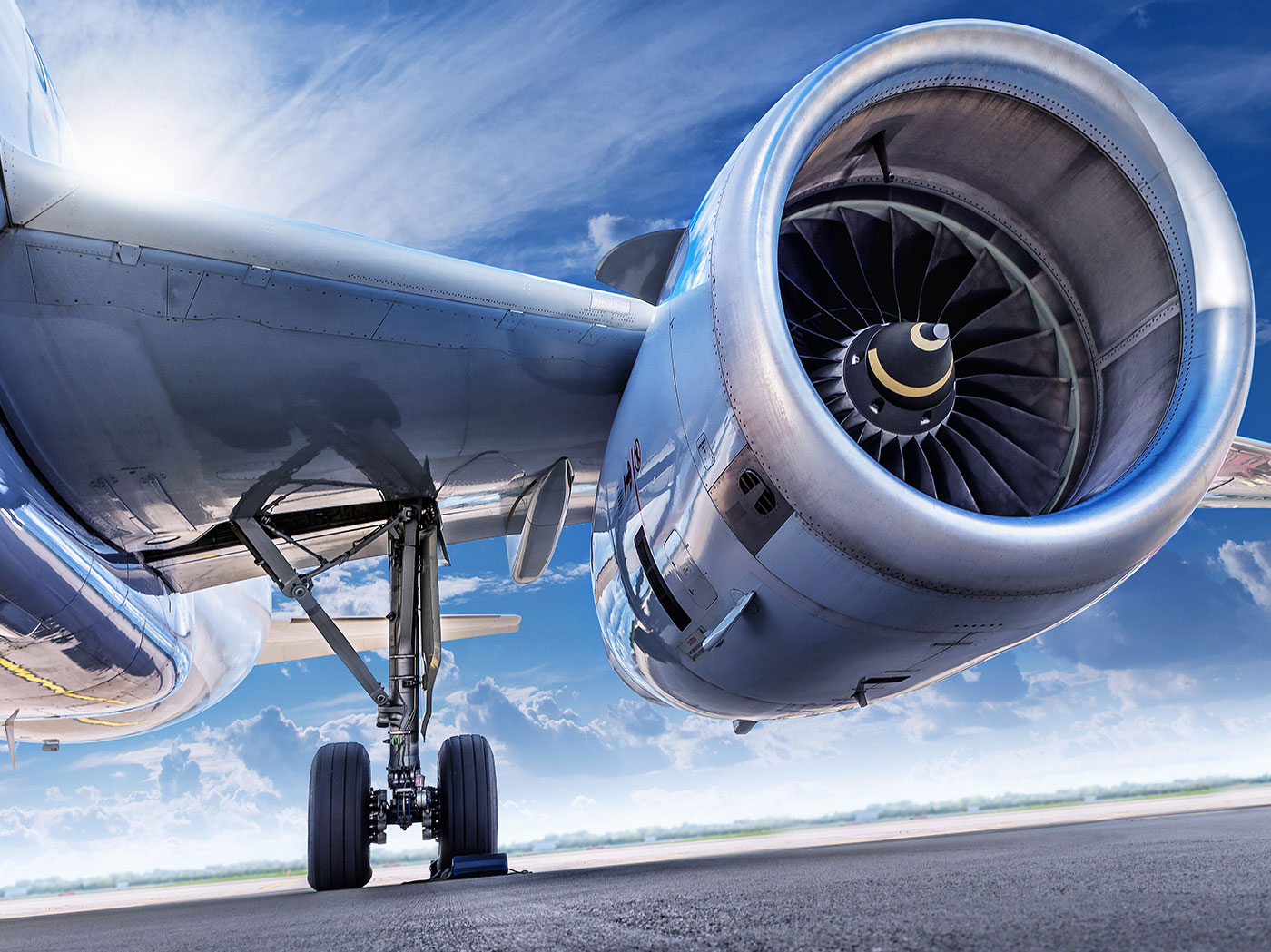While the Coronavirus pandemic has expedited the adoption of 3D printing and its applications in the healthcare industry, it should be noted that it has also severely impacted the aerospace industry with commercial airline fleets and air traffic down around the world.
To date, the debate is wide open about how this long-standing revenue-generating industry will completely get back on track when looking at aircraft manufacturing, the supply chain and aftermarket support businesses. Indeed, the global aviation industry can be segmented into passenger airlines, cargo airlines, aircraft manufacturing companies, airports managing companies, and catering & other service providing companies.
Although we cannot discuss about segments where we do not have expertise, we recently came to realize that when it comes to manufacturing and supply chain, aeronautics companies/manufacturers that rely on additive manufacturing technologies do not only demonstrate more resilience, they will also demonstrate a recovery along V- or U-shaped curves back to the pre-crisis growth path. Two main reasons explain this: applications and the ability to meet global challenges.
Applications.
Remember when Link3D’s Shane Fox said that the industry is evolving in a “virtuous cycle”? Fox claimed that a positive chain of events can reinforce the growth of the industry. For a sector that has been operating in slow motion, this year saw a number of applications, certifications, and tests that have not been previously achieved before.
For instance with Lithoz, we learned that ceramic materials provide better biocompatibility than 3D printed polymers in the International Space Station (ISS). Pratt & Whitney 3D printed the first aero-engine MRO component, ArianeGroup successfully tested its first 3D printed combustion chamber & launched new rocket with 3D printed parts. Furthermore, Nasa’s Perseverance & Long March-5 rocket are on their way to Mars while Honeywell certified the First Flight-Critical Engine Part. Solukon helped Lortek achieve the production of a 3D printed aerospace part. Last but not least, 21 3D Printed Titanium Parts from VELO3D are flying in Boom Supersonic XB-1 Aircraft whereas NASA has completed 23 Hot-Fire tests on critical 3D printed engine components.
These examples are part of a non-exhaustive list that demonstrates how aerospace manufacturers continue to embrace AM technologies and how one application leads to another, which ultimately strengthens the manufacturing sector. Most importantly, they illustrate that a shift in Manufacturing can mitigate the industry’s reliance on global supply chains that can be disrupted when we do not expect.
The ability to meet global challenges
When the aeronautics industry will be completely back on track, there is a great chance that those who leverage AM technologies as part of their manufacturing operations mostly address global challenges such as climate change or sustainability.
Indeed, even though, we are still far away from a “first time right” process when it comes to manufacturing with AM, some experts claim that AM brings zero-emission flight to reality.
You have certainly heard about Airbus’ new approach to exploring various technology pathways and aerodynamic configurations to pave the way to the decarbonisation of the entire aviation industry.
The road ahead
There is still a long road ahead for aeronautics manufacturers. Indeed, even though the advantages of AM technologies are very well-known, these technologies might remain a hurdle for manufacturers that mostly focus on production of serial parts. Indeed, they cannot print a part with just any AM technology.
They cannot mix solutions, just for the fun of it. Due to the conservative nature of the aerospace sector, strict safety regulations and long certification processes, the agility and the speed of manufacturing operations essentially rely on the collaboration between aerospace manufacturers, AM equipment providers and printing service providers.
Lastly, manufacturers should keep ambitious goals that will consist but will not be limited to more investments in R&D, more sustainable-driven productions, target spare part production for commercial airline, and improving supply chains.
Remember, you can post free of charge job opportunities in the AM Industry on 3D ADEPT Media or look for a job via our job board. Make sure to follow us on our social networks and subscribe to our weekly newsletter : Facebook, Twitter, LinkedIn & Instagram ! If you want to be featured in the next issue of our digital magazine or if you hear a story that needs to be heard, make sure to send it to contact@3dadept.com






